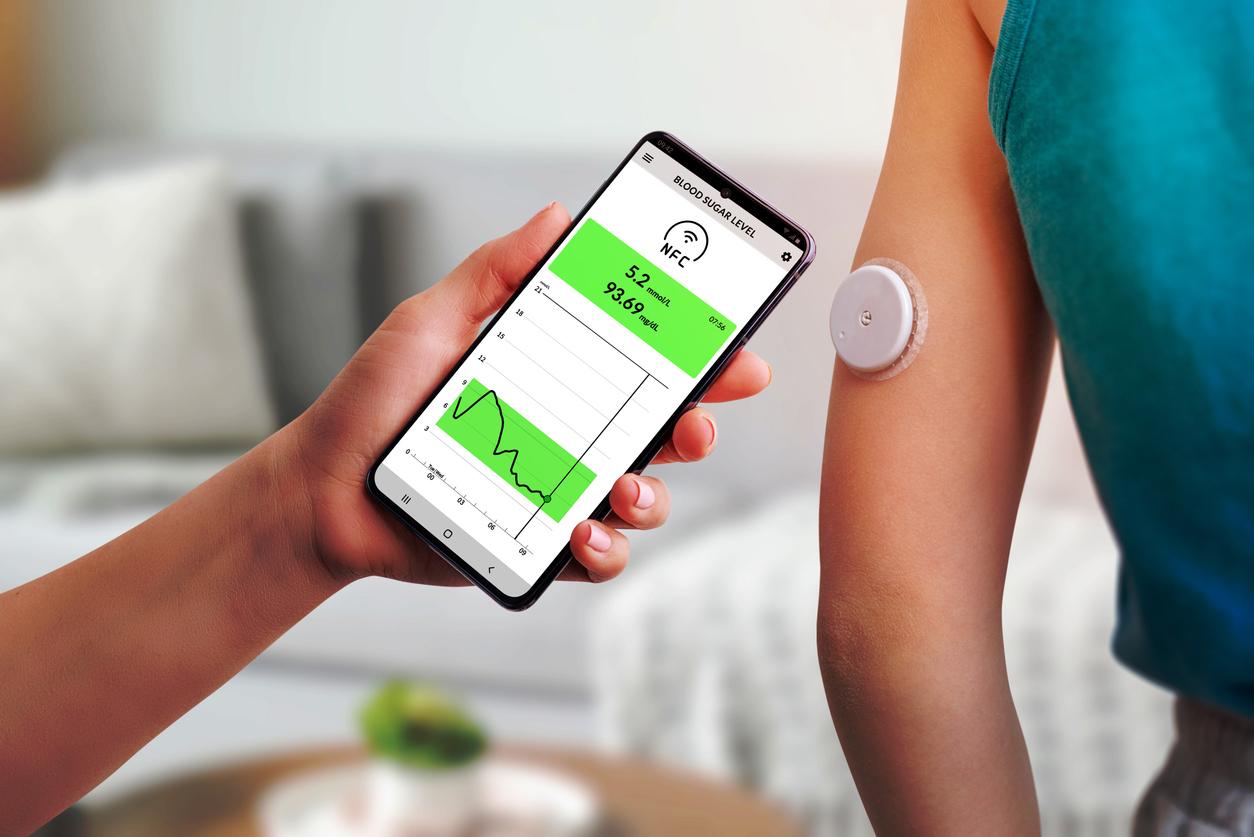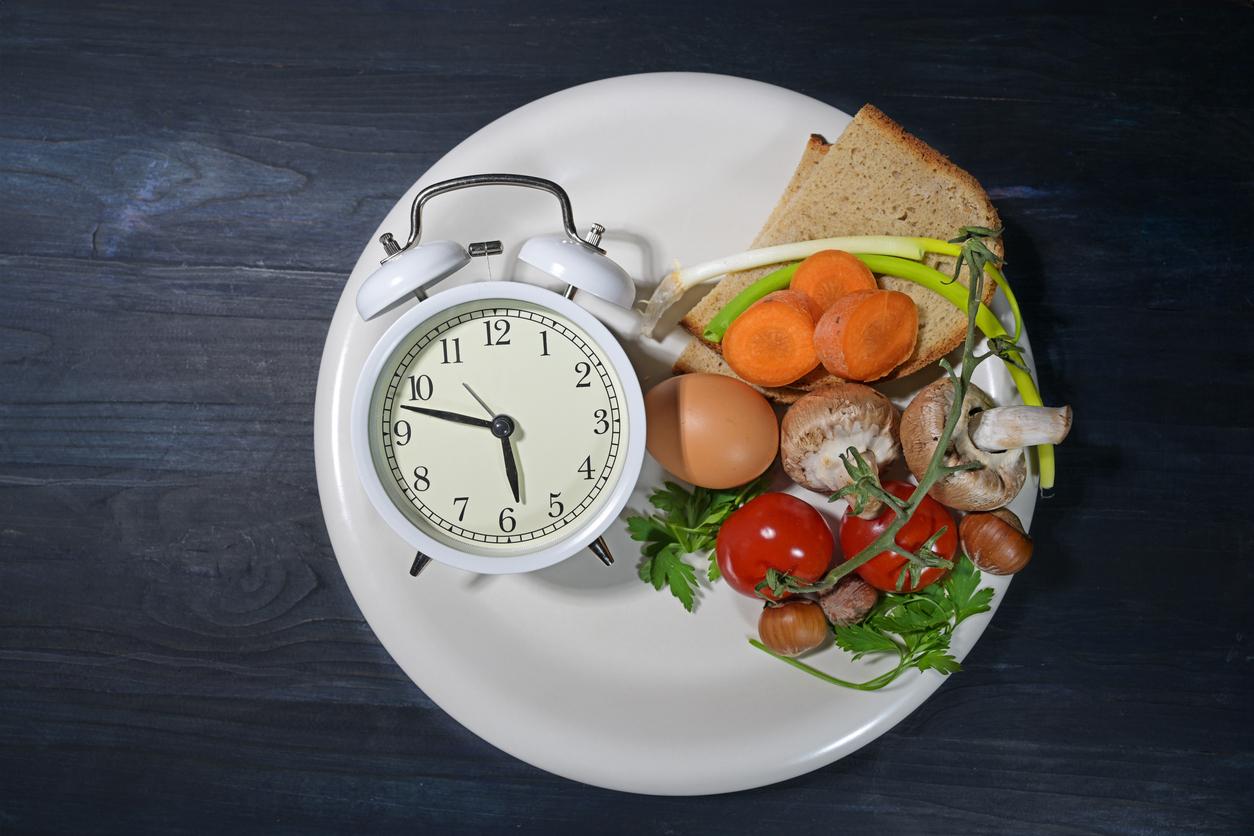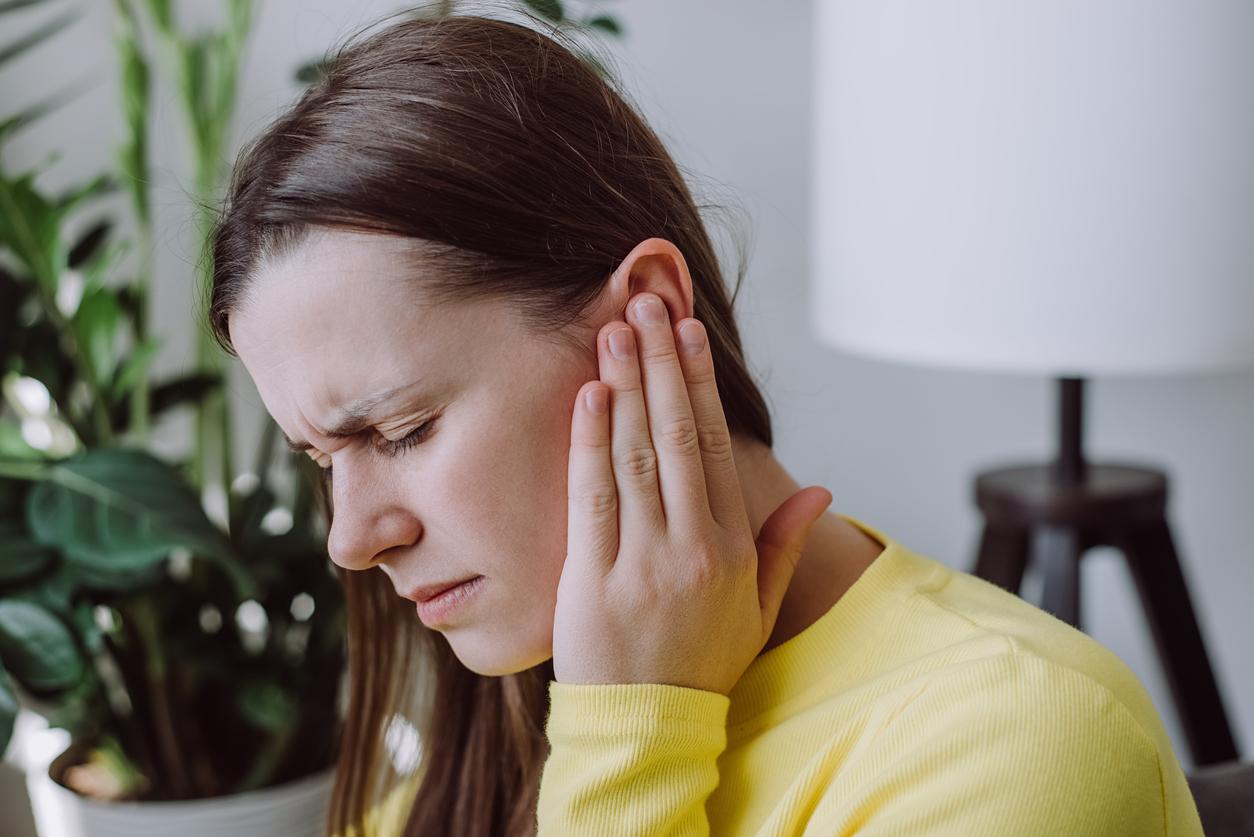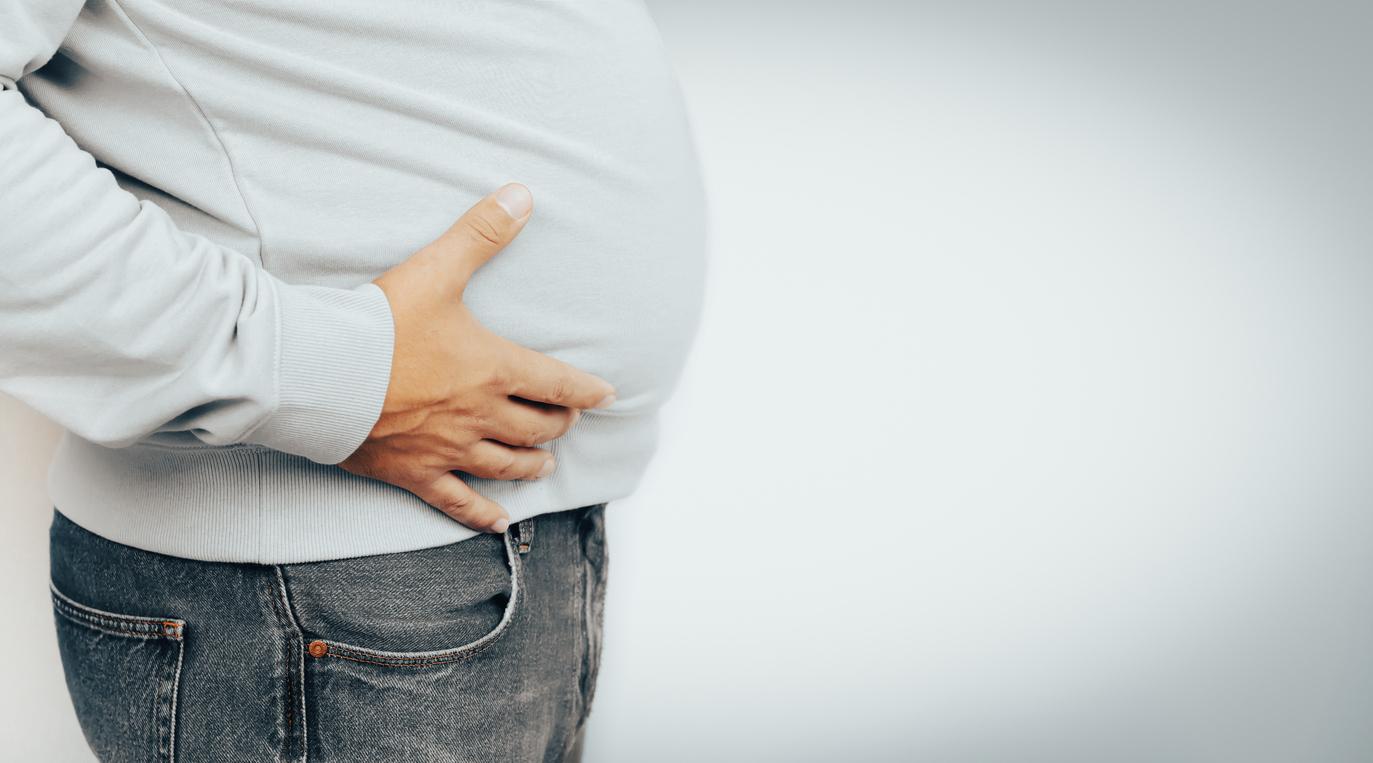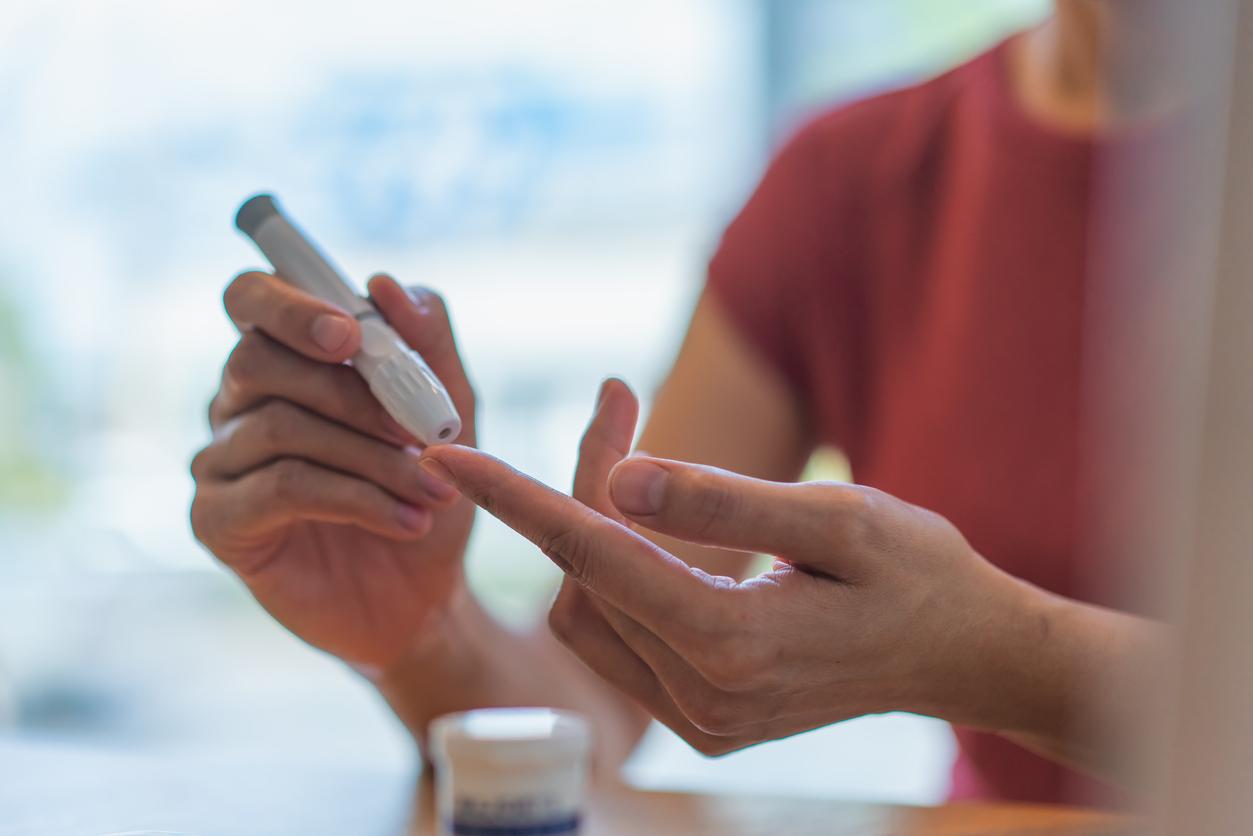A smartphone’s compass, combined with a small testing tool, can measure glucose levels. This innovative technique could be used by people with diabetes.
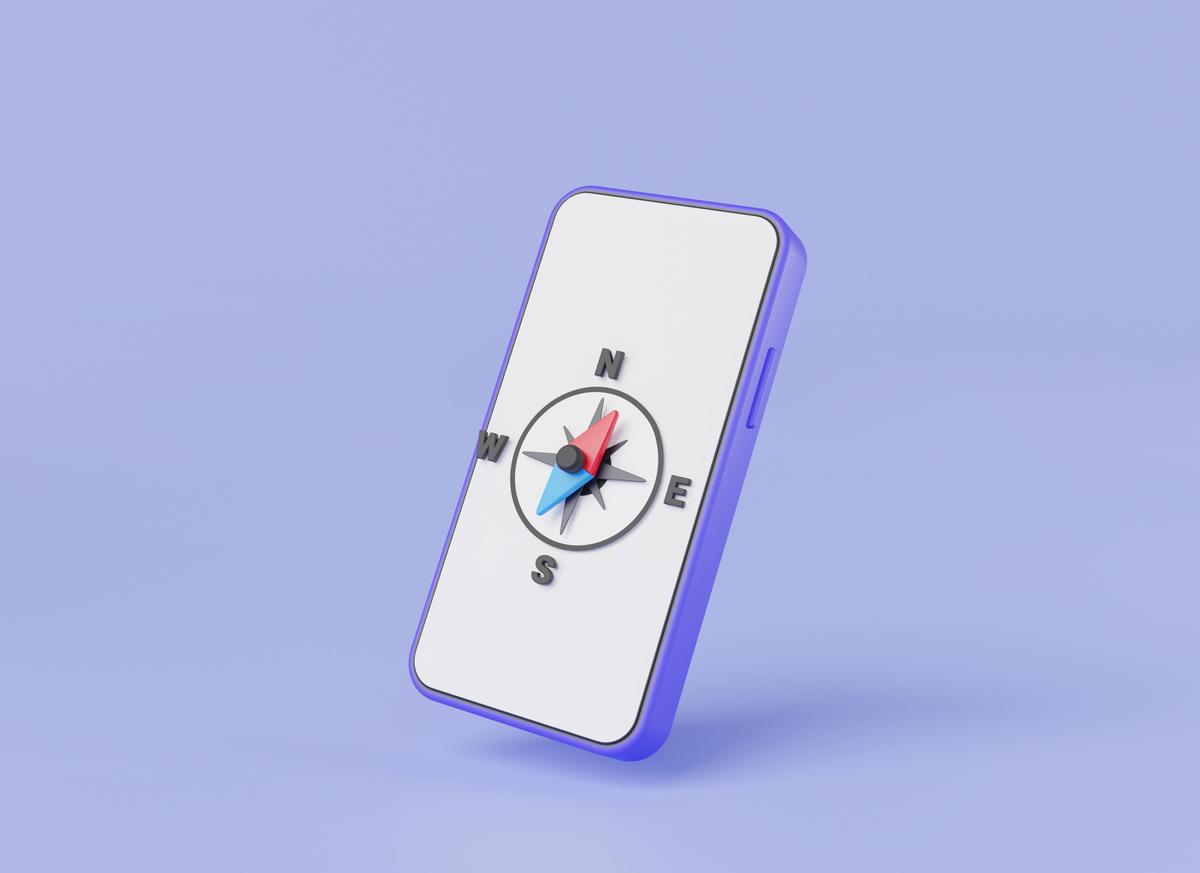
- Researchers have developed a tool for measuring glucose using a phone’s compass.
- A small device is attached to the smartphone and allows glucose concentrations to be measured.
- The tool would make it possible to carry out other biological measurements.
Can our cell phone become a screening tool? This is the theory of a team of scientists from the National Institute of Standards and Technology (NIST), in the United States. In Nature Communicationsthese scientists explain that they have developed a test for measuring glucose using the compass of a smartphone.
Diabetes: a glucose measurement tool created using magnetic fields
Today, most cell phones are equipped with this tool for detecting the direction of the earth’s magnetic field, which provides information needed to navigate. Used in conjunction with so-called magnetic materials, it is capable of providing information on glucose levels. These materials change shape depending on different environmental or biological signs.
In this trial, researchers placed a small tool on a smartphone: it contained a solution and a strip of hydrogel, a material that swells when in water. The scientists incorporated tiny magnetic particles into this hydrogel, designed to respond to either the presence of glucose or pH levels (a measure of acidity) by expanding or contracting. “Changes in pH may be associated with various biological disorders”specify the authors.
Detection of low glucose level using a smartphone’s compass
In their test, the hydrogels grew or shrank, depending on the biological data. “They moved magnetic particles closer or further away from the cell phone’s magnetometer, which detected corresponding changes in the strength of the magnetic field.”, they observe. This technique allowed researchers to measure glucose concentrations at levels as small as a few millionths of a mole, the scientific unit for measuring the number of atoms or molecules in a substance. “Although such high sensitivity is not required for home monitoring of glucose levels using a drop of blood, it could in the future enable routine testing of glucose in saliva, which contains a much lower concentration of sugar”they estimate.
Smartphone compass: easy tests to develop
But this is not the only possible application of this technique. According to Gary Zabow, one of the co-authors, this could make it possible to measure other biomedical data, but also to detect environmental toxins. This could also be used to detect, at very low concentration levels, strands of DNA, specific proteins or even histamines, compounds linked to the immune response.
Furthermore, the hydrogels necessary for the design of the tool are inexpensive and easy to manufacture, which will facilitate their deployment. “Because the technique requires no electronics or power sources other than cell phones, or any special processing of the sample, it provides an inexpensive way to perform testing, even in locations with relatively little of resources”, say American scientists. For now, research teams need to develop a method to mass produce these hydrogel test strips, while ensuring their long shelf life.











